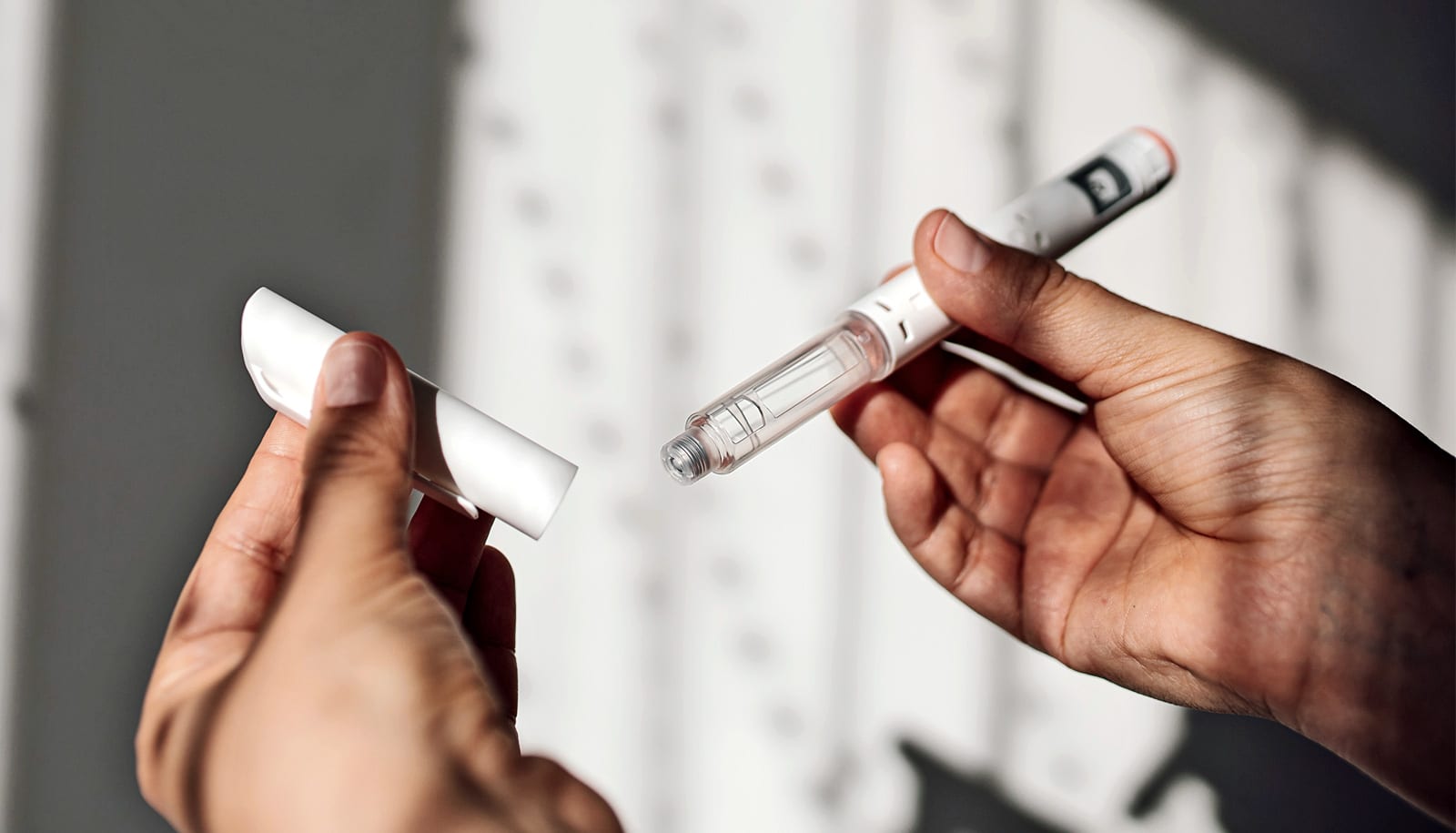New research uncovers a circuit in the brains of mice that links circadian rhythm and aggression. The researchers have developed special protein tools capable of turning off the cells in the brain causing the behavior.
The discovery is particularly relevant to Alzheimer’s patients who experience increased aggression at night.
When the sun sets, 20 percent of all Alzheimer’s patients experience increased bewilderment, anxiety, unease, disorientation, irritation, and aggression. This phenomenon is called “sundowning” or sundown syndrome. The condition can require professional care, as it can be difficult for family members to handle. The cause of the condition is unknown, but previous research has suggested that it has links to circadian rhythm. The new findings confirm this connection.
“We have shown that the circadian clock in mice is closely linked to an aggression center in the mouse brain by a cell circuit. The human brain has those same groups of cells that the circuit goes through,” says Timothy Lynagh, assistant professor in the department of drug design and pharmacology at the University of Copenhagen.
“With this knowledge, we are now enabled to target this circuit pharmacologically and target cells that make people aggressive at the end of the day.”
Mapping the circuit
The inner clock or circadian rhythm is located in the part of the brain called suprachiasmatic nucleus. One of the parts of the brain that control aggressive behavior is called the ventromedial hypothalamus. Researchers have previously observed a connection between the two parts of the brain, though none has had knowledge of the specific circuit connecting them.
Using electrophysiology and microscopy, researchers measured the activity of the brain cells in the lab of main author Clifford Saper of Beth Israel Deaconess Medical Center and Harvard Medical School.
They also turned off parts of the cell circuit in the brains of mice to map the circuit and to identify the cells connecting the two parts of the brain. To map circuits in the brain you need a protein tool that can turn off the various cells to determine their function. Lynagh has designed precisely such a tool.
“We take a receptor and mutate it, so that it is not sensitive to anything in the brain, but very sensitive to a particular drug. The tool works like an on/off switch. When you put the protein tool in the mouse brain, under normal circumstances, nothing will happen. But when you give the animal the drug, the cells that have the receptor on them will be turned off,” Lynagh explains.
Sundowning drug?
Using this tool, the researchers can in theory turn off the cells that cause people suffering from sundowning to become more aggressive at night.
The tool could be useful beyond sundowning, as well. In other studies, Lynagh’s tool has turned off cells in rats linked to anxiety and fear.
“If you can start understanding which cells in the brain lead to which problems, you can then put this tool into any of those parts of the brain. The person who takes the drug will then have the cells causing the problem turned off,” Lynagh says.
Even though the study took place in mice, the tool and the knowledge the research has generated have potential use in the treatment of humans.
“Because of the huge advances that are coming along with CRISPR, I would be tempted to say that based on a recent demonstration of gene therapy for brain disease, potentially, it could be used in the human brain in 20 years’ time. Of course it needs a lot more research,” he says.
The study appears in Nature Neuroscience. The collaboration also included Boston Children’s Hospital; Federal University of Minas Gerais, Belo Horizonte, Brazil; the University of Michigan; University Hospital Cologne, Cologne, Germany; and Northwest University, Xi’an, China.
Source: University of Copenhagen



